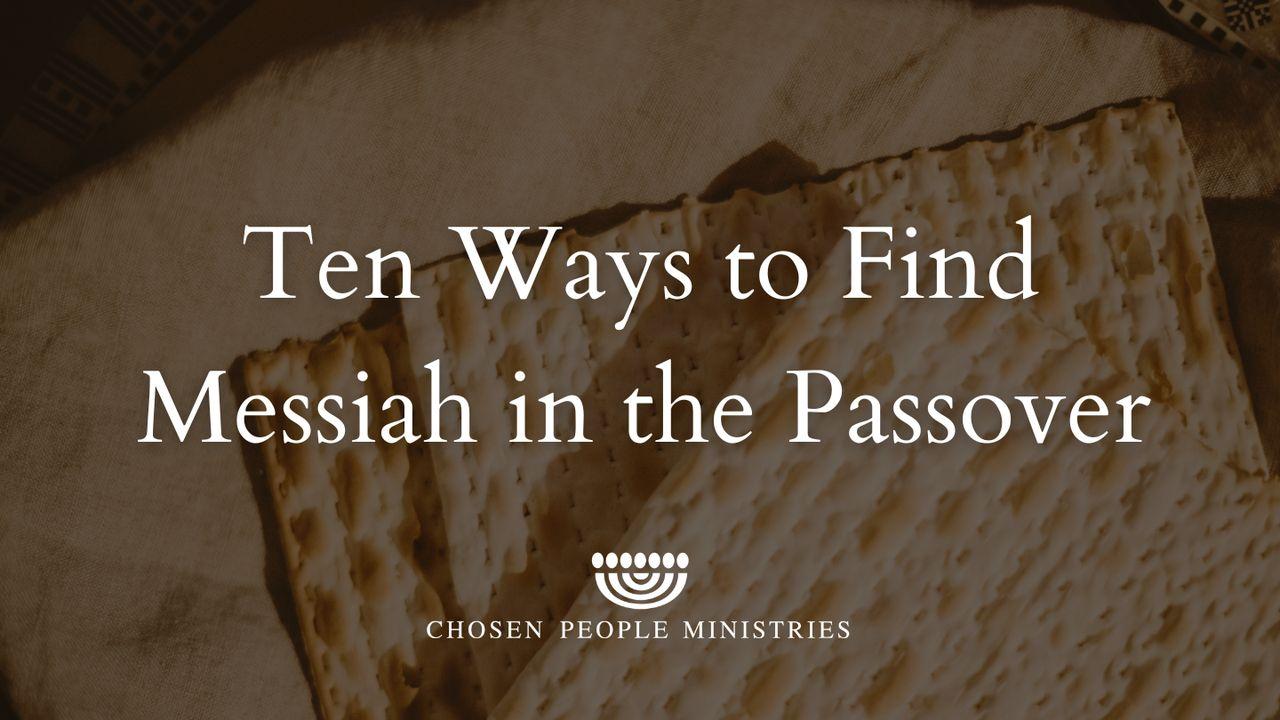Ten Ways to Find Messiah in the Passoverنموونە

The Messiah Is God in the Flesh
One of the most striking messianic parallels in the Passover is the matzah tash. This special pouch contains three distinct pockets. During the Seder, a piece of matzah goes in each compartment. The last item the participants eat, the afikomen, always comes from matzah in the middle section. It is unclear why or how this tradition developed. Still, some scholars propose that it began among early Messianic Jewish communities. Then, after the destruction of the Temple by the Romans in AD 70, the broader Jewish world adopted the practice.
Whatever the history of the matzah tash, this part of the Seder can symbolize Messiah’s deity and God’s triune nature. The single pouch shows that God is one (Deuteronomy 6:4). Three pockets represent three distinct persons who are God: Father, Son, and Holy Spirit (Matthew 28:19). The afikomen, which can symbolize Jesus in many ways, is from the matzah in the second compartment. This tradition illustrates that the Son, the second person of these three, became a human being. The matzah tash reminds us that Jesus is not merely a prophet or a great teacher—He is God in the flesh.
کتێبی پیرۆز
دەربارەی ئەم پلانە

Of all the ways the Old Testament points to Jesus, the Passover is one of the strongest examples. In this plan, you will discover how Jesus is the Passover Lamb who came into this world to atone for our sins.
More
پلانە پەیوەستەکان

Faith in the Process: Trusting God's Timing & Growth

What God Is Like

From Overwhelmed to Anchored: A 5-Day Reset for Spirit-Led Women in Business

Breath & Blueprint: Your Creative Awakening

The Parable of the Sower: 4-Day Video Bible Plan

EquipHer Vol. 25: "Flawed Is the New Flawless"

Preparing for Outpouring

Noah Unedited

Mission Trip Checkup: On Mission
